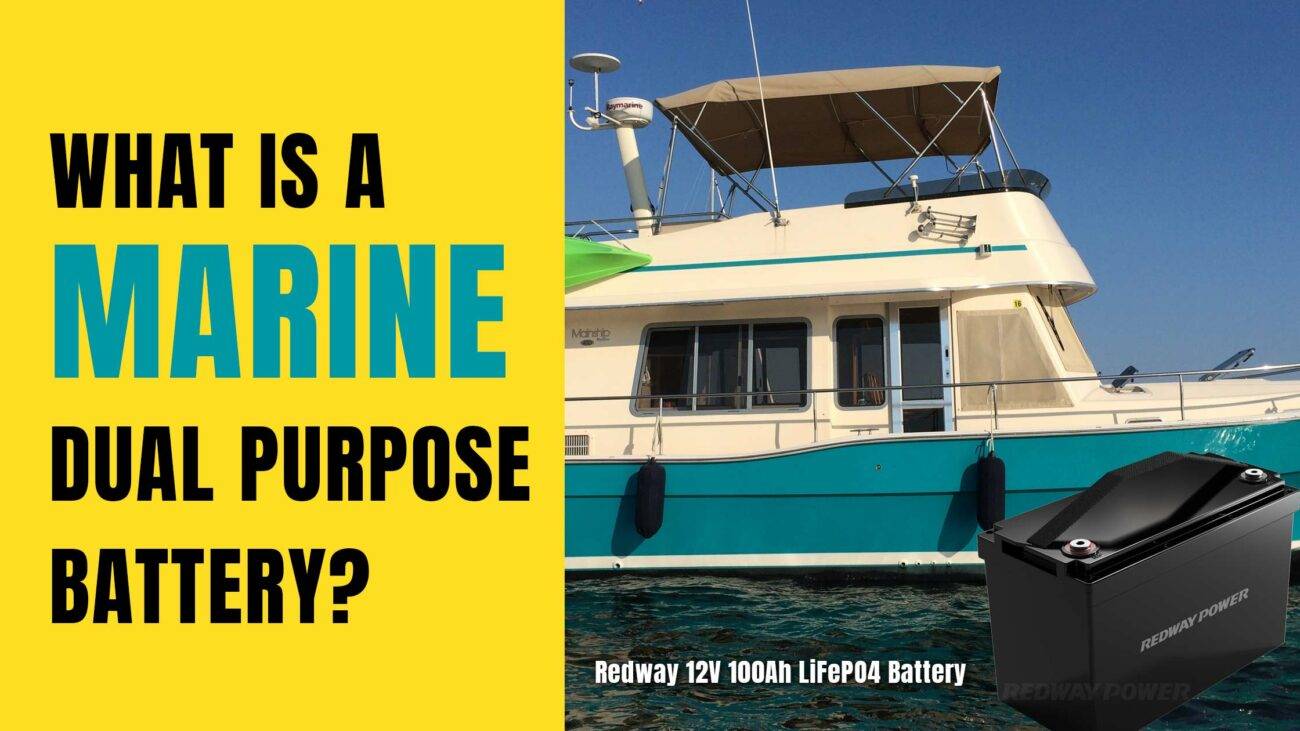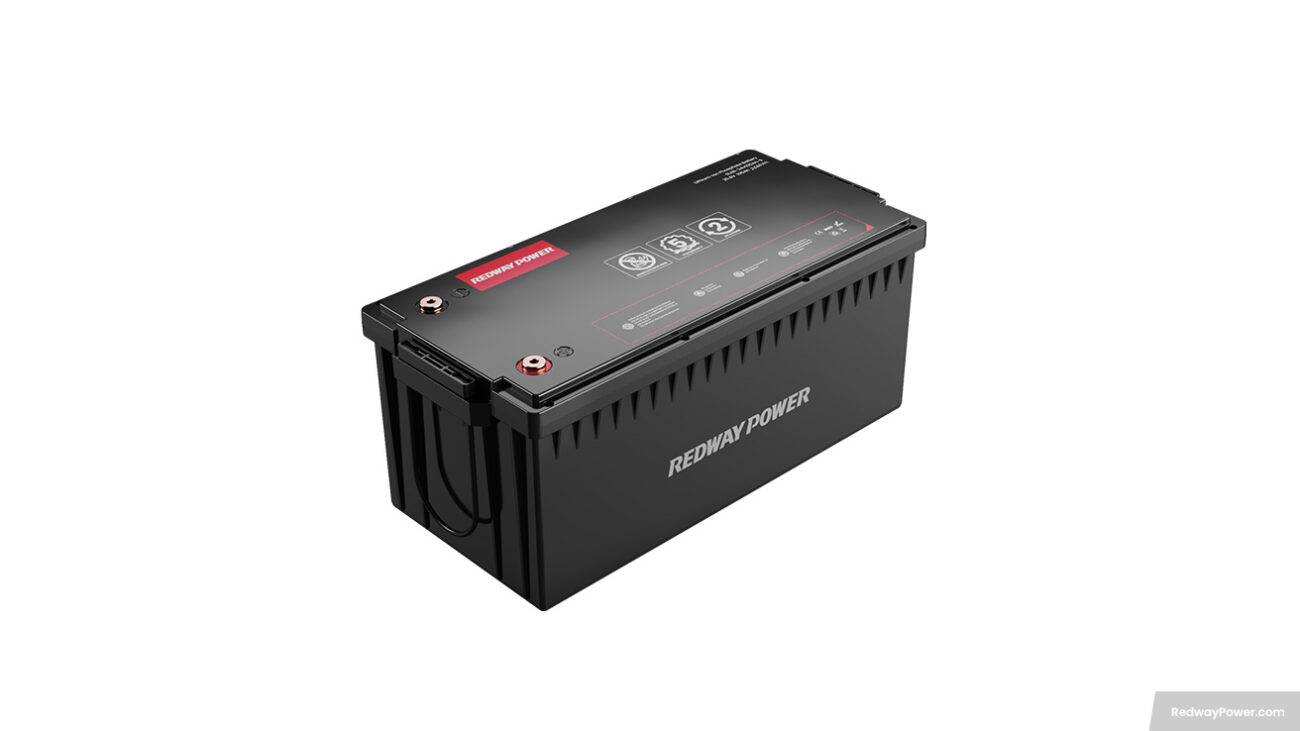- Forklift Lithium Battery
-
48V
- 48V 210Ah
- 48V 300Ah
- 48V 420Ah (949 x 349 x 569 mm)
- 48V 420Ah (950 x 421 x 450 mm)
- 48V 456Ah
- 48V 460Ah (830 x 630 x 590 mm)
- 48V 460Ah (950 x 421 x 450 mm)
- 48V 460Ah (800 x 630 x 600 mm)
- 48V 460Ah (820 x 660 x 470 mm)
- 48V 500Ah
- 48V 560Ah (810 x 630 x 600 mm)
- 48V 560Ah (950 x 592 x 450 mm)
- 48V 600Ah
- 48V 630Ah
-
48V
- Lithium Golf Cart Battery
- 12V Lithium Battery
12V 150Ah Lithium RV Battery
Bluetooth App | BCI Group 31
LiFePO4 Lithium
Discharge Temperature -20°C ~ 65°C
Fast Charger 14.6V 50A
Solar MPPT Charging - 24V Lithium Battery
- 36V Lithium Battery
- 48V Lithium Battery
-
48V LiFePO4 Battery
- 48V 50Ah
- 48V 50Ah (for Golf Carts)
- 48V 60Ah (8D)
- 48V 100Ah (8D)
- 48V 100Ah
- 48V 100Ah (Discharge 100A for Golf Carts)
- 48V 100Ah (Discharge 150A for Golf Carts)
- 48V 100Ah (Discharge 200A for Golf Carts)
- 48V 150Ah (for Golf Carts)
- 48V 160Ah (Discharge 100A for Golf Carts)
- 48V 160Ah (Discharge 160A for Golf Carts)
-
48V LiFePO4 Battery
- 60V Lithium Battery
-
60V LiFePO4 Battery
- 60V 20Ah
- 60V 30Ah
- 60V 50Ah
- 60V 50Ah (Small Size / Side Terminal)
- 60V 100Ah (for Electric Motocycle, Electric Scooter, LSV, AGV)
- 60V 100Ah (for Forklift, AGV, Electric Scooter, Sweeper)
- 60V 150Ah (E-Motocycle / E-Scooter / E-Tricycle / Tour LSV)
- 60V 200Ah (for Forklift, AGV, Electric Scooter, Sweeper)
-
60V LiFePO4 Battery
- 72V~96V Lithium Battery
- Rack-mounted Lithium Battery
- E-Bike Battery
- All-in-One Home-ESS
- Wall-mount Battery ESS
-
Home-ESS Lithium Battery PowerWall
- 24V 100Ah 2.4kWh PW24100-S PowerWall
- 48V 50Ah 2.4kWh PW4850-S PowerWall
- 48V 50Ah 2.56kWh PW5150-S PowerWall
- 48V 100Ah 5.12kWh PW51100-F PowerWall (IP65)
- 48V 100Ah 5.12kWh PW51100-S PowerWall
- 48V 100Ah 5.12kWh PW51100-H PowerWall
- 48V 200Ah 10kWh PW51200-H PowerWall
- 48V 300Ah 15kWh PW51300-H PowerWall
PowerWall 51.2V 100Ah LiFePO4 Lithium Battery
Highly popular in Asia and Eastern Europe.
CE Certification | Home-ESS -
Home-ESS Lithium Battery PowerWall
- Portable Power Stations
How to Select the Best Marine Battery for Your Needs

Selecting the right marine battery is essential for ensuring your boat operates efficiently and reliably. The best marine batteries include lithium-ion, AGM, and traditional lead-acid options, each with unique advantages tailored to various boating needs. This guide will help you navigate your options and make an informed decision.
What are the different types of marine batteries available?
Marine batteries can be categorized into three main types:
- Flooded Lead Acid (FLA): These are traditional batteries that require regular maintenance and are generally more affordable but have a shorter lifespan (approximately 2-3 years).
- Absorbed Glass Mat (AGM): AGM batteries are sealed and spill-proof, requiring little to no maintenance. They offer better performance and longevity compared to FLA but are heavier and more expensive.
- Lithium-ion (Li-ion): The newest option on the market, lithium batteries are lightweight, have a longer lifespan (up to 10 years), and provide consistent power output throughout their usage.
Types of Marine Batteries Comparison Chart
| Type | Lifespan | Maintenance | Weight | Cost |
|---|---|---|---|---|
| Flooded Lead Acid | 2-3 years | High | Heavy | Low |
| AGM | 4-7 years | Low | Moderate | Moderate |
| Lithium-ion | 10+ years | Very Low | Light | High |
How do I choose the best marine battery for my boat?
Choosing the right marine battery involves several considerations:
- Application: Determine whether you need a starting battery, deep-cycle battery, or dual-purpose battery based on your boating activities.
- Capacity Requirements: Calculate the total amp-hours needed based on your boat’s electrical demands.
- Weight Considerations: Ensure that your boat can accommodate the weight of the battery without compromising stability.
- Budget: Set a budget that balances performance with cost-effectiveness.
What are the benefits of lithium marine batteries?
Lithium marine batteries provide numerous advantages:
- Longer Lifespan: They can last up to 10 years or more with proper care.
- High Efficiency: Lithium batteries can be discharged deeper without damage, providing more usable power.
- Lightweight Design: Their compact size makes them easier to install and manage on boats.
Benefits of Lithium Batteries Chart
| Benefit | Description |
|---|---|
| Lifespan | Lasts up to 10 years |
| Depth of Discharge | Can be discharged up to 80%-100% |
| Weight | Typically 50% lighter than lead-acid options |
Why should I consider AGM batteries for marine applications?
AGM batteries are an excellent choice due to their reliability and safety features:
- Spill-Proof Design: They can be installed in any position without risk of leakage.
- Vibration Resistance: Ideal for rough waters where movement is constant.
- Low Maintenance: Unlike FLA batteries, they do not require regular watering.
What are the top-rated marine batteries in 2024?
Based on recent reviews, here are some of the best marine batteries currently available:
- Lithium Pro TM3165-36: Known for its all-in-one design and Bluetooth connectivity.
- Optima Blue Top: Highly regarded for its compact size and robust performance.
- Ufine Battery: Offers great value with high cycle life and lightweight design.
How do I maintain and extend the life of my marine battery?
Proper maintenance is key to maximizing your battery’s lifespan:
- Regular Charging: Keep your battery charged, especially during off-seasons.
- Clean Terminals: Ensure that terminals are free from corrosion and dirt.
- Check Water Levels (for FLA): Maintain proper electrolyte levels if using flooded lead acid batteries.
What should I look for in a marine battery warranty?
When evaluating warranties, consider:
- Duration: A longer warranty often indicates confidence in product durability.
- Coverage: Check what is covered under warranty (e.g., defects vs. normal wear).
- Service Terms: Understand how claims are processed and what documentation is required.
How do recent advancements in battery technology affect my choice?
Recent innovations have significantly improved battery performance:
- Smart Technology Integration: Many modern batteries now come with apps that monitor charge levels and health status.
- Enhanced Safety Features: Improved materials reduce risks associated with overheating or short circuits.
Industrial News
Recent trends indicate a growing shift towards lithium-ion technology in marine applications due to its superior performance metrics compared to traditional lead-acid options. Companies like RELiON and Dakota Lithium have introduced advanced models that cater specifically to boating needs, emphasizing lightweight designs and extended lifespans. The demand for eco-friendly solutions is also influencing manufacturers to innovate further in this space.
Redway Power Expert Views
“Investing in a quality marine battery is essential not just for performance but also for safety on the water,” says an industry expert at Redway Power. “With advancements in lithium technology, boaters can now enjoy longer-lasting power without the weight burden of traditional lead-acid options.” This insight underscores the importance of choosing a reliable power source tailored to specific boating activities.Frequently Asked Questions About Marine Batteries
- What is the best type of marine battery?
The best type of marine battery depends on your specific needs. Lithium-ion batteries are favored for their lightweight, long lifespan, and efficiency. AGM batteries are excellent for their maintenance-free operation and spill-proof design, while flooded lead-acid batteries are cost-effective but require more maintenance. - How do I know what size marine battery I need?
To determine the size of the marine battery you need, calculate the total amp-hours required for your boat’s electrical systems. Consider how long you plan to use your devices and their total power consumption. This will help you select a battery with adequate capacity. - Can I use a car battery in my boat?
While you can technically use a car battery in a boat, it is not recommended. Car batteries are designed for short bursts of power (starting engines), whereas marine batteries are designed for deep cycling and sustained power output, making them more suitable for boating applications. - How often should I charge my marine battery?
You should charge your marine battery after every use, especially if it has been significantly discharged. For flooded lead-acid batteries, check water levels regularly; for AGM and lithium batteries, ensure they are kept charged to maintain optimal performance. - What is the lifespan of a marine battery?
The lifespan of a marine battery varies by type: flooded lead-acid batteries typically last 3-5 years, AGM batteries can last 4-7 years, and lithium-ion batteries can exceed 10 years with proper care and maintenance. - How do I maintain my marine battery?
To maintain your marine battery, keep it charged regularly, clean the terminals to prevent corrosion, check water levels (for flooded lead-acid), and store it in a cool, dry place during off-seasons. - What should I do if my marine battery is not holding a charge?
If your marine battery is not holding a charge, check for corrosion on terminals or loose connections. If these are fine, test the battery with a multimeter or take it to a professional for testing. It may need reconditioning or replacement. - Are lithium marine batteries worth the investment?
Yes, lithium marine batteries are often worth the investment due to their longer lifespan, lighter weight, higher efficiency, and lower maintenance requirements compared to traditional lead-acid batteries. They can provide significant long-term savings and performance benefits.






















